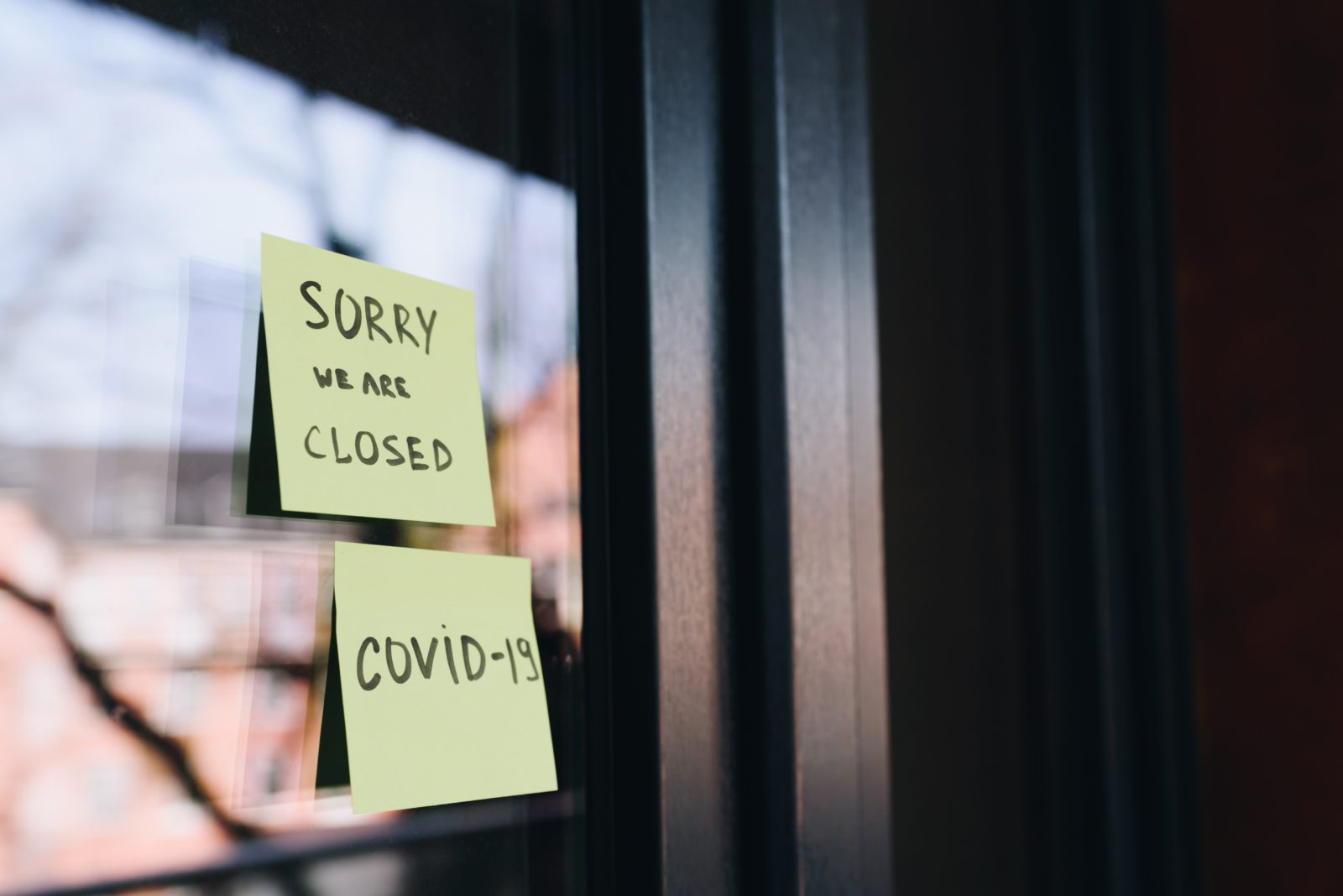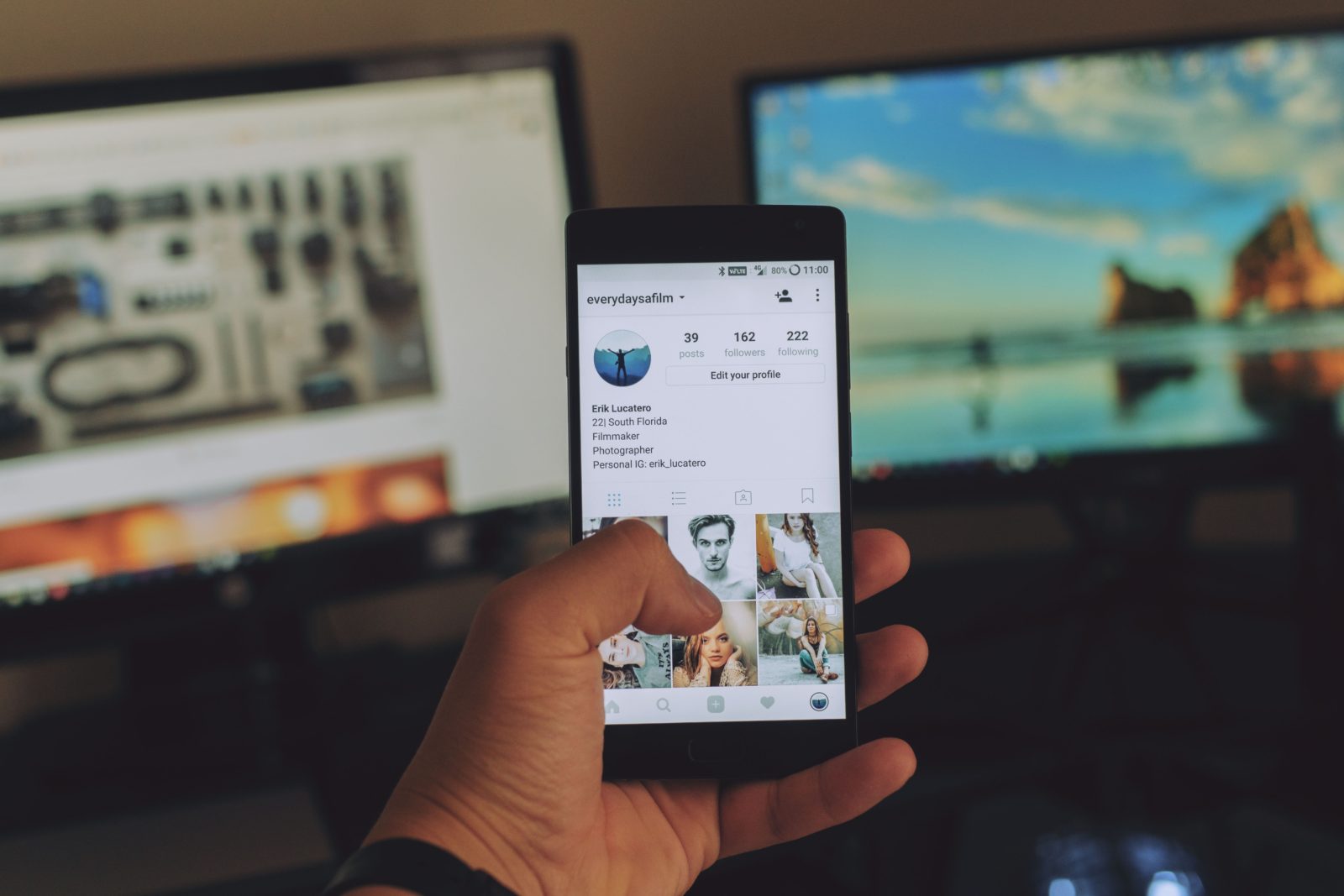As employers and entrepreneurs figure out what the priorities are going to be if they reopen, hire, or start a new business, policy review and updates should be in the activity mix.
Twenty-five years ago, social media influencer wasn’t a career title, personal mistakes weren’t plastered online for the world to see, and communication wasn’t instantaneous and reactions even faster. In 2019, however, the world is well aware of how quickly information travels. While social media has provided us with an effective way to share products, memes, and opinions, it can also spotlight offensive behavior. According to Pew Research Center, in 2018, 88% of 18- to 29-year-olds…
Screening social media accounts provides employers with insight into how well a potential new hire would fit with their company and reduces the risk of making a poor hire.
Social media screening is becoming part of the mainstream background check process, similar to criminal records, financial history, and credentials. As evidence of how mainstream it has become CareersBuilders.com reported that 70% of employers use social media for candidate research. If you are considering using your staff (HR and recruiting professionals) to perform social media screening, there are numerous risks. Not only can your company be questioned about bias, but this raises concerns of having…
Social media codes of conduct have many benefits that protect your organization.
As a new company, particularly one established to monitor and screen social media activity of potential candidates for employment, I felt it imperative that Social Media 23 should have a Social Media Code of Conduct for its employees. Therefore, I set out on the journey to create such a Code of Conduct for Social Media 23. This article includes information about: How I went about the process, What I discovered about other organizations and institutions…
Social Media usage for hiring has two distinct categories: recruitment and screening. Each category yields value, but social media screening exposes risk to the hiring organization. This article establishes the role of each category and provides methods to minimize social media screening risk. Recruiting According to SHRM, recruiting via social media is used, or will be used, by a staggering 93% of organizations. That includes 84% of organizations currently using it and 9% planning to…
Background screening commonly includes criminal, education, financial, professional certification, employment status, and other areas of a candidate’s history. Social media is now joining the list of standard background checks. You don’t have to search very long to find many examples of social media history and behavior affecting employees and their employment status. Sometimes, people have been fired from positions based on recently discovered social media posts of their past. Others have lost jobs before they…
Bias occurs in all areas of our lives and is especially prevalent in hiring. With decades of study and action to eliminate it, bias remains an issue that haunts HR and hiring professionals. Vanderbilt University defines unconscious bias as “prejudice or unsupported judgments in favor of or against one thing, person, or group as compared to another, in a way that is usually considered unfair.” Many researchers think unconscious bias occurs automatically, as the name…
Public social media screening may be just enough to check the “screening” box. You need permission-based screening to reduce risk.









